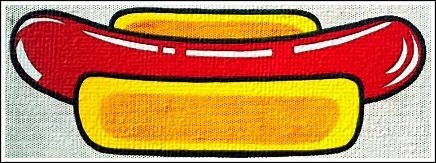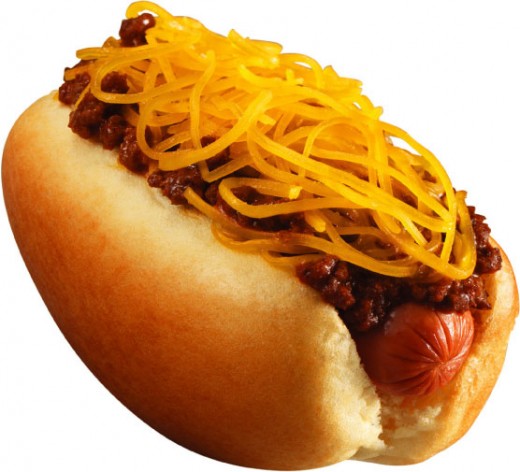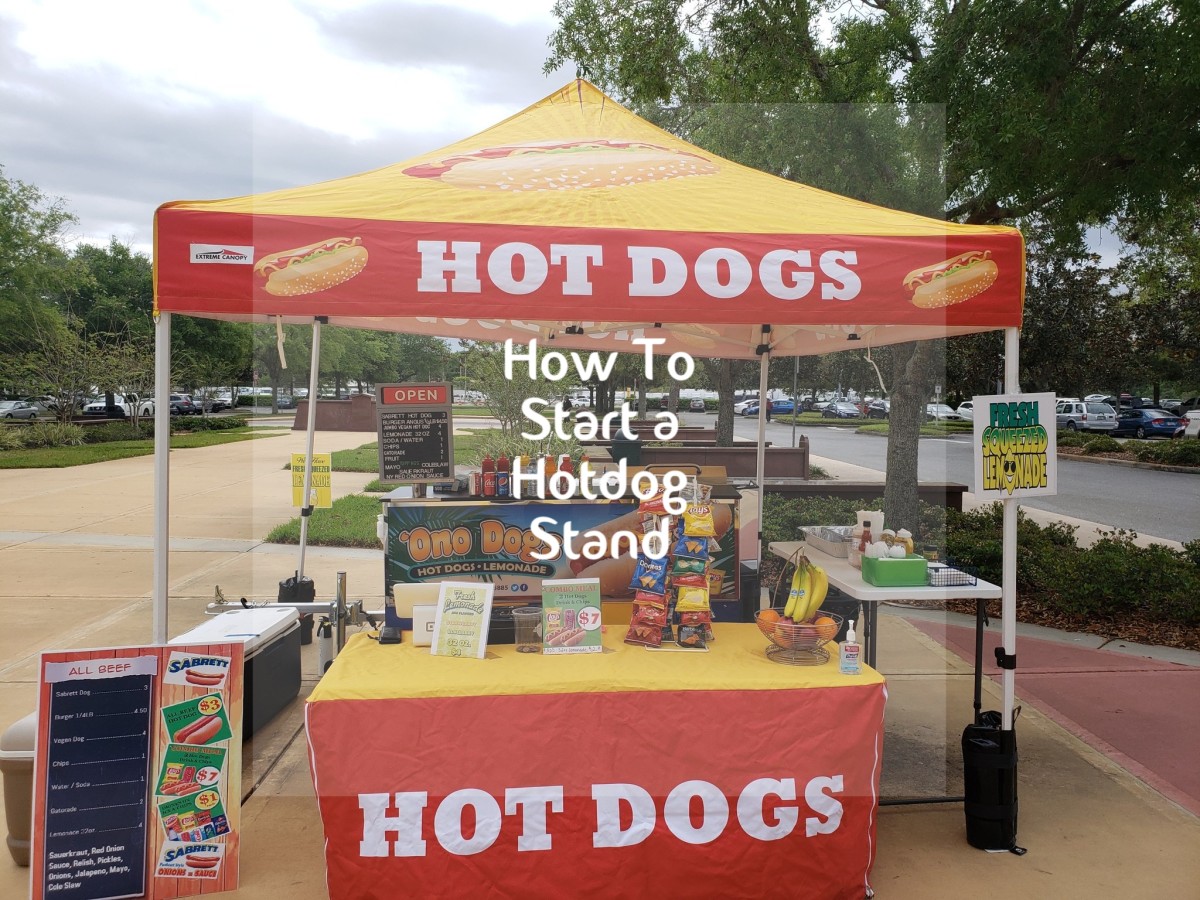The Not So American Hot Dog


Thomas Dorgan

They’ve been called hot dogs, red hots, wieners, franks and frankfurters. But whatever they are called, they are as American as apple pie and baseball. Ironically, it was German culture that brought us wienerwurst, or Vienna sausage, eventually just shortened to wiener. And bundewurst, meaning dog sausage, was another German contribution.
No one is certain exactly where or when the term hot dog was first used, but there are several theories. The most widely accepted version has famous New York Evening Journal sports cartoonist T. A. “Tad” Dorgan with originating the word in reference to sausage. Although Dorgan is often given credit for coining the phrase, researchers have never found a particular cartoon linking him to it. The word first appeared in print in the Oxford English Dictionary in 1900.
At a 1901 baseball game in New York, hot dachshund sausages in rolls were being hawked by vendors crying their familiar pitch "Get your dachshund sausages while they're red hot!" Dorgan heard them while in the press box and drew a cartoon capturing the event. However, Dorgan was unsure of how to spell "dachshund," so he just called them "hot dogs."



Many would find it easy to accept Dorgan as deserving of the credit since he did create words and expressions such as “dumbbell,” “cat’s meow,” “cat’s pajama’s,” “twenty-three skidoo” and “dogs,” referring to shoes. He also came up with “Yes, we have no bananas," which later became a popular song.
Dorgan’s cartoons he drew that day pictured German figures as speaking dachshund sausages poking fun at the quality of wieners being sold, crudely implying they were made with dog meat.
Sausage is one of the oldest processed foods and Frankfurt, Germany is generally accepted as its’ birth place. However, some argue the popular sausage "dachshund" was introduced in the late 1600's by German butcher Johann Georghehner in Coburg, Germany. The origin of where the first hot dogs came from initially is a hotbed of controversy.
It's said that the Frankfurter was developed in Frankfurt in 1484. However, Vienna (Wien), Austria also lays claim to the honor indicating the term "wiener" itself is ample proof. But it was the citizens of Frankfurt in 1987, which held the 500th birthday of the hot dog.
Although the origin of the hot dog may be in question, the fact is it has become an American icon. The month of July has even been designated as National Hot Dog Month. It is estimated by the National Hot Dog and Sausage Council, yes there is such an organization, Americans will consume over 155 million dogs on July 4th alone. The council also says Americans eat an average of 60 hot dogs each annually.
The question arises frequently about what hot dogs are made of? There are many horror stories concerning this subject. Most, not true. In fact, the council refers to the actual meat used in their production as "specially selected meat trimmings." They would like to point out however, since the early days of hot dog production the US Department of Agriculture has much stricter regulations.Hot-dog meat has become much leaner and must be made from muscle the same as other meats.
Contrary to what some may believe, hot dogs are not made from pigs' snouts, unused meat scraps or from left-over meat. Whether it is pork, beef, chicken or turkey being stuffed into a hot dog casing, meat trimmings are carefully selected.
Most recipes for hot dogs also combine meat fat, cereal filler, flour or oatmeal, some egg white, and a wide variety of herbs and seasonings such as garlic, pepper, ground mustard, nutmeg, salt, and onion.
Most hot dogs bought at supermarkets are encased in cellulose tubes, but these are removed before packaging. But some manufacturers still use natural casings, made from animal intestines.
Regulations state a hot dog can contain up to 3.5 percent of non-meat ingredients. Normally this means a milk or soy product has been added for nutritional value. While hot dogs may be high in fat and sodium, on the other hand they are also a good source of protein, iron and vitamins.
Americans prepare their hot dogs in a variety of ways. Different regions seem to have their own local preferences. Mustard is usually the preferred condiment for adults no matter where one lives, while ketchup seems to be the favorite for kids everywhere.
But, preferences do change from region to region. For instance, New Yorkers usually use lighter mustard and steam their onions. In contrast, the “windy city” dogs are made with mustard, relish, onions, tomatoes slices, or pretty much anything one can imagine.
For more information about hot dogs, visit the National Hot Dog and Sausage Councils’ website at www.hot-dog.org









